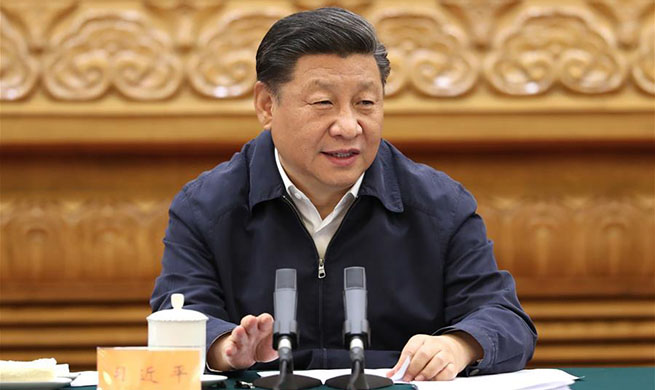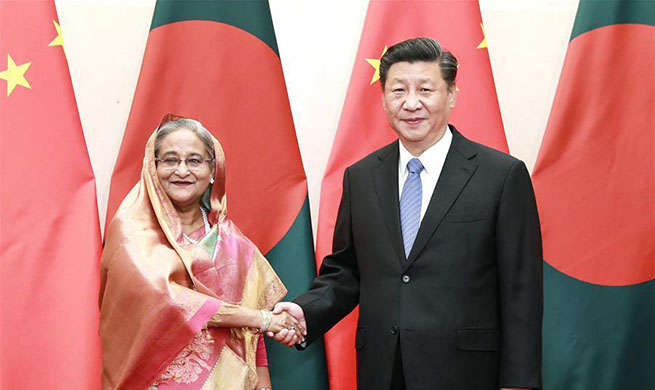BEIJING, July 6 (Xinhua) -- With eyes bright, Sun Zezhou, chief designer of China's Chang'e-4 lunar probe, speaks fast but clearly.
"Every time I see the moon, I think how Chinese probes have left permanent footprints on it, especially Chang'e-4, the first spacecraft to soft-land on the far side. As a member of the mission, I'm very proud," said Sun.
Chinese engineers began plans for the Chang'e-1 lunar probe in the 1990s, when Sun joined the team. China only had a monitoring system for near-Earth satellites, and communication with the moon at a distance of 380,000 km was still a big challenge.
"When I first heard the old experts discussing lunar exploration in 1996, I felt the moon was very distant," recalled Sun, who majored in monitoring and communication.
Now Sun's gaze turns to the Red Planet on clear nights.
"Now 380,000 km is no longer far, but 400 million km is a new headache," joked Sun, whose team is developing a Mars probe.
China plans to launch the Mars probe in 2020, and aims to complete orbiting, landing and roving in one mission, an unprecedented achievement.
"This shows China's innovative spirit in space exploration," said Sun.
But Mars is a totally new challenge for Chinese engineers. They have to solve problems such as long-distance monitoring, control and communication between Earth and Mars, as well as how to land.
Since the 1960s, more than 40 Mars missions have been carried out, about half successfully.
Sun's biggest concern is the atmosphere.
"When we were designing the lunar probe, we thought it would be great if the moon had an atmosphere. The probe had to carry lots of propellants. About two-thirds of the takeoff weight was propellants," Sun said.
"But when we started to develop the Mars probe, we found the Mars atmosphere very troublesome. Although we don't need to carry so many propellants, the uncertainty caused by the atmosphere is much more complicated. Sometimes, it relies on luck. "
He used "very troublesome" to describe several difficulties in the development of the Mars probe. But his team has risen to the challenges.
"It is pressure that brings about technological progress," Sun said.
















